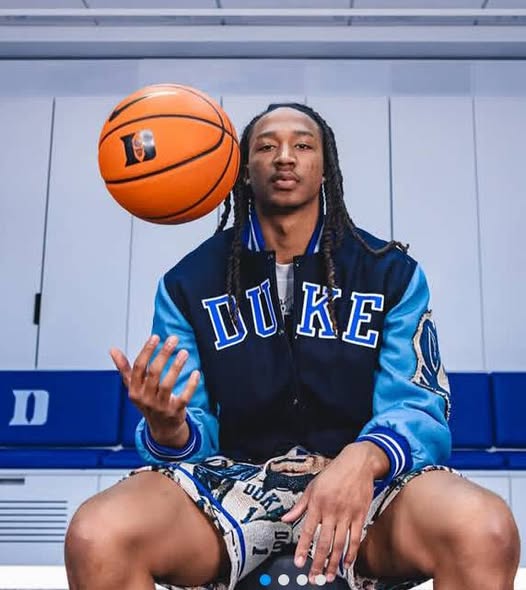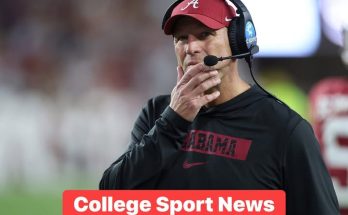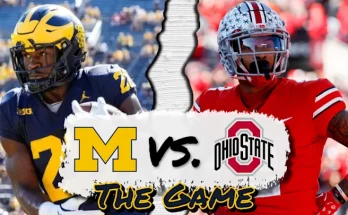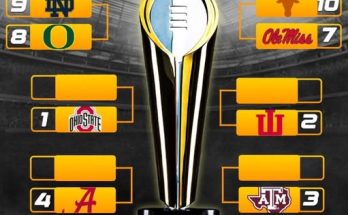For college athletes, especially those competing at the highest level of NCAA basketball, injuries are more than just physical setbacks—they’re emotional and psychological hurdles that test one’s resilience, discipline, and love for the game. For one Duke basketball forward, the journey back from injury has been exactly that—a test of willpower and mental strength—but now, after weeks of pain, rehab, and slow progress, he’s finally seeing the light at the end of the tunnel. And for the first time in a long time, he feels like himself again.
“Man, it feels good,” the Blue Devil forward said, beaming with a sense of relief and confidence that had been missing for months. “It feels like a new man, just being able to at least put some weight on the bars, or you know, just get some curls.” That feeling—of muscle memory reawakening, of strength returning, of confidence slowly building back—is something that no highlight reel or stat sheet can truly capture. It’s something deeply personal. It’s a comeback forged in silence, rep after rep, in weight rooms and training facilities long after the cameras are off and the arenas are empty.
This recovery story isn’t just about a few squats and dumbbells. It’s about reclaiming identity. For months, the physical limitations placed on him by the injury were more than just pain—they were a barrier between him and the game that had defined his life for as long as he could remember. At Duke, where expectations for basketball players are sky-high and the pressure to perform is relentless, being sidelined can feel like being exiled from a kingdom you helped build. For this forward, whose name is synonymous with energy, hustle, and grit on the court, the inability to contribute stung deeply. Watching his teammates practice while he remained confined to light rehab work and physical therapy was nothing short of torture.
But he stayed locked in. Every day, the goal was simple—do just a little bit more than the day before. At first, it was about regaining range of motion. Then it was about walking without pain. Then, slowly, jogging. And now—finally—picking up weights again. The small victories piled up, and with them, so did his confidence.
“You miss it,” he admitted. “Not just the games, but the process—the grind. You miss the soreness, the competition, the challenge. And when you’ve been away from it for so long, just touching a barbell again, just sweating with a purpose, it reminds you who you are.”
This athlete’s words echo what so many injured players experience but rarely voice. Recovery is not just about getting healthy; it’s about rediscovering one’s identity. And for athletes at programs like Duke, where development and success are both intensely personal and highly visible, the journey back from injury is layered with pressure. Everyone’s watching, everyone’s waiting—teammates, coaches, fans, NBA scouts. But perhaps no one is more critical than the athletes themselves.
The injury, which had taken him out of action late last season, wasn’t the type you could rush. It required time, patience, and meticulous attention to detail. Duke’s medical and training staff designed a plan that balanced caution with steady progress, making sure there were no setbacks along the way. While fans focused on roster rotations and draft boards, he was locked in a much quieter battle. And that battle didn’t come with the roaring applause of Cameron Indoor Stadium. It came with silence and sweat.
But in that silence, growth happened. The kind of growth that doesn’t show up on a box score. Mental toughness. Perspective. Leadership. He began to spend more time with younger players, offering advice and encouragement. When you can’t lead on the court, you find other ways to lead, and that’s exactly what he did.
“You find out what you’re made of,” he said. “When you can’t rely on your athleticism or your normal routine, you start building yourself in new ways. I’ve gotten smarter. I’ve gotten more grateful. And now, I’m hungrier than ever.”
That hunger will be essential, especially as Duke looks to reload for another deep tournament run. The program, as always, is stacked with talent—returning stars, high-profile recruits, and a coaching staff that knows how to mold players into NBA-ready products. But what separates the good teams from the great ones is chemistry, experience, and resilience. And few players on this roster now personify resilience more than this forward.
Even his teammates have taken notice. “It’s inspiring,” one teammate said. “We saw what he went through. We saw the pain, the frustration. And now to see him smiling again, working again—it lifts the whole team. He’s one of the emotional leaders in our locker room.”
Coaches, too, have expressed admiration for his journey. “He’s put in the work,” said Duke’s head coach. “Every day, without complaint. He’s earned every bit of this comeback. And we know when the season comes around, he’ll be ready—not just physically, but mentally. He’s been through the fire.”
The forward’s return to the weight room doesn’t mean he’s fully cleared for contact or game play yet, but it’s a huge milestone in the recovery process. It signals that his body is responding positively, that the muscles are returning to form, and that the explosive athleticism he was known for may not be far behind. More importantly, it signals that mentally, he’s turned a corner. That he believes in his body again. That he’s ready to chase greatness once more.
“I know there’s still work to do,” he said. “I’m not taking anything for granted. I’m not rushing it. But man, it just feels good to be back around the guys, to sweat, to push myself. I wake up every day excited again. That wasn’t the case a couple months ago.”
He credits his family, his teammates, and Duke’s training staff for keeping him grounded and motivated throughout the process. Calls from home reminded him who he was. Encouragement from teammates reminded him what he meant to the team. And the trainers—those unsung heroes of every comeback story—kept him focused on the big picture.
“There were some dark days,” he acknowledged. “Days when I just didn’t feel like myself. When I questioned everything. But they never let me give up. They always believed I’d get back.”
Now, with the 2025-26 season just months away, that belief is becoming reality. The forward isn’t just working to return—he’s working to dominate. He wants to be better than before. Stronger. Smarter. More impactful. He knows the opportunity that awaits him if he can stay healthy. NBA aspirations. Tournament glory. A chance to leave a lasting legacy at one of the most storied programs in college basketball history.
“It’s personal now,” he said. “I’ve been reminded how fast it can all be taken away. So every drill, every lift, every rep—I’m all in. I’m locked in. I want to prove something to myself. I want to prove that the guy I was before the injury? That was just the beginning.”
For fans of Duke basketball, and for fans of perseverance in general, this story serves as a reminder that greatness is rarely linear. The most meaningful triumphs often come after detours, delays, and doubts. And for this particular forward, the road back has already shown what kind of character he’s made of.



